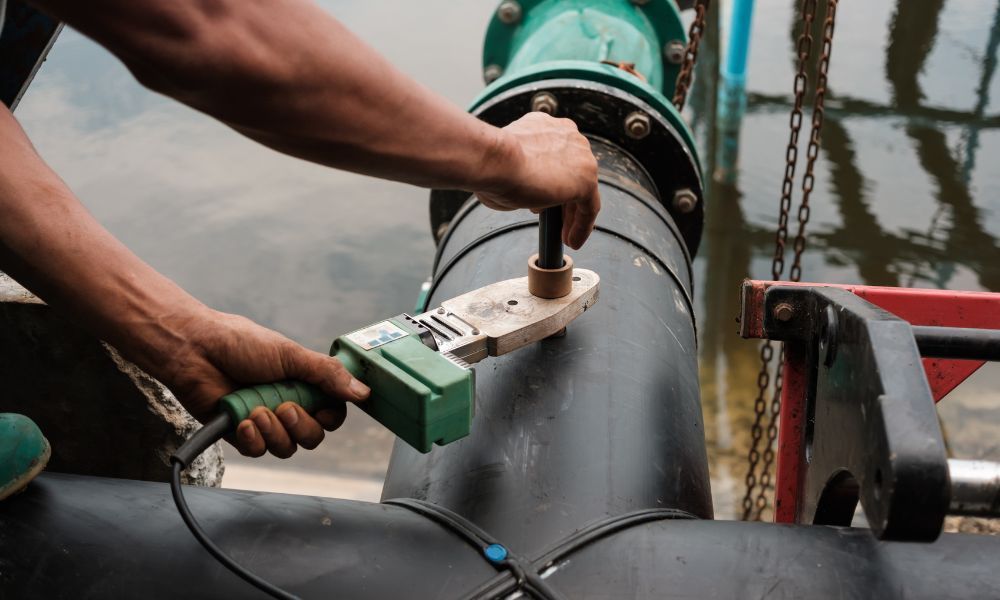High-density polyethylene, HDPE, is a thermoplastic suitable for piping applications. The material offers wonderful benefits but can encounter issues. As you learn about HDPE piping, you’ll discover signs your HDPE pipe needs replacement parts.
Exploring HDPE Piping
HDPE piping is a flexible, corrosion-resistant plastic pipe. Industries prefer HDPE piping because it’s lightweight and more cost-effective than metal pipe. Manufacturers create the pipes by fusing the sections together with heat, while other piping requires anchors, jointing chemicals, seals, or restraint blocks.
High-density polyethylene piping is impact resistant and not susceptible to environmental stressors like its ferrous pipe counterparts. It offers a high flow capacity and is resistant to various substances. Manufacturers don’t need to insulate the pipes, as it maintains stable fluid temperatures.
How Long Does HDPE Piping Last?
The typical life expectancy for HDPE piping is 50 years. However, HDPE piping for potable water systems can last well over 100 years! Industries lean toward HDPE because it’s long-lasting. For instance, copper pipes have a lifespan of 40–75 years, and galvanized steel lasts around 30–50 years.
HDPE material is popular for water mains, sewer mains, irrigation, stormwater systems, and oil and gas pipelines. Given the importance of these piping systems, industries need a durable solution. HDPE pipes are reliable with minimal maintenance. However, that doesn’t exempt HDPE piping from experiencing problems. Sometimes, replacement parts are necessary for damaged systems.
When You Need HDPE Replacement Parts
Other things besides life expectancy can affect piping longevity. The main sign your HDPE pipe needs replacement parts is if the pipe has stress cracks. HDPE is a crystalline material that will stretch before ductile failure in high-tensile stress applications. The material will fail and become brittle at low tensile stress, experiencing environmental stress cracking.
The material isn’t resistant to oxidizing acids like sulfuric, nitric, and selenic acid. The strong acids attack HDPE material and change the mechanical properties of the pipes. If the pipe system encounters acids, replacing the affected parts is best.
HDPE piping is suitable for many applications, but certain factors affect the material. If damage ensues, replacement parts are available. Coastal Resource wants to help you! Along with HDPE piping, we offer heavy-duty water hoses for industrial, construction, and agriculture applications. With fast delivery and helpful customer service, we’re more than happy to serve you.


